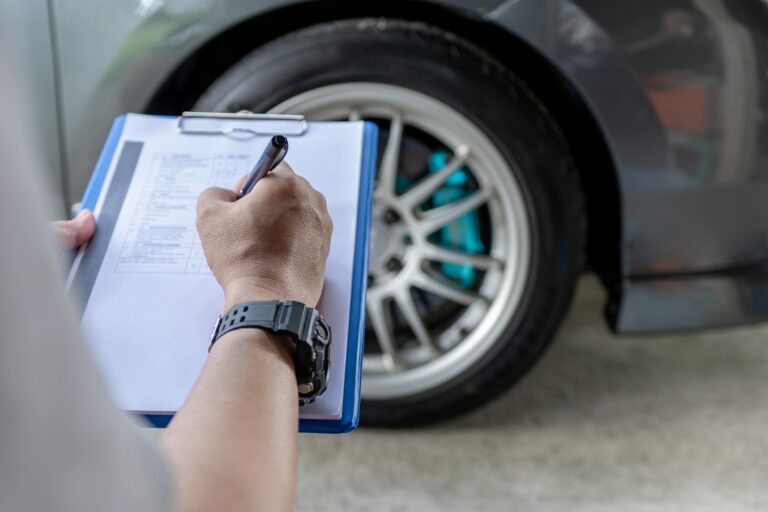When it comes to standard safety features, there are several that every driver needs. Many of these features are now mandated by the government and can greatly decrease your chances of suffering severe injuries.
While many of these features are standard in new cars, they may not be available in older models. Make sure your vehicle includes the following:
- Airbags: Airbags have undergone significant advancements over the years. Frontal airbags became widely adopted in the late 1980s and have since saved thousands of lives. Many car manufacturers now offer side airbags as standard or optional equipment.
- Three-point seat belts: The three-point seat belt, which restrains occupants across both their lap and shoulder, is now standard in all vehicles. This advanced restraint system pulls the seat belt tight and prevents excess slack during a crash.
- Anti-lock brakes: Anti-lock braking systems help prevent wheels from locking up during sudden stops, assisting drivers in maintaining control and reducing spin-outs.
- Adaptive cruise control: Adaptive cruise control is a system designed to help maintain a safe following distance and stay within the speed limit. It uses sensory technology, like cameras and radar equipment, to detect potential collisions and warn the driver.
- Backup camera: A rearview video system helps prevent crashes by showing objects directly behind the vehicle. This technology has become a required safety feature on all new cars since May 1, 2018.
What additional safety features reduce collision risks on Texas roads?
Did you know that advanced car safety features can reduce the risk of a serious crash by 49% and lower your chances of suffering an injury by 53%?
Thankfully, many of these high-tech features are now required for new cars. Today’s automakers are prioritizing technologies that not only protect drivers who get into crashes, but also help prevent them.
Here are several additional safety features that help reduce collision risks on Texas roads:
- Blind spot notifications and lane departure warnings: These features use digital cameras or sensors to monitor adjacent lanes and provide warnings when there’s a car in your blind spot or when your vehicle veers close to lane markers. They help ensure safe merging and lane changes.
- Rear-cross traffic alerts: These driver-assistance technologies use sensors to detect potential obstacles and issue alerts when a vehicle approaches while you’re reversing into traffic. Some systems even include automatic braking to prevent collisions.
- Forward collision alerts and automatic braking systems: These detect potential collisions ahead of you and automatically apply the brakes or slow down your vehicle to prevent a wreck. They provide an extra layer of protection in emergency situations and are becoming standard in new cars.
Are these advanced safety features always included in vehicles?
While many new cars come equipped with advanced safety features, it’s important to note that not all of these systems are standard for every car. Some may be offered as optional upgrades, allowing drivers to choose the level of safety features they desire. It is expected that certain advanced safety technologies will eventually become federally mandated — similar to seat belts and airbags.
While these advanced safety features may not be included as standard in all cars, they are widely available and highly valued by drivers for their potential to improve safety on the road. Investing in these technologies can provide peace of mind and contribute to a safer driving experience for you and other drivers.
How does the development of self-driving cars impact current safety technology?
As automated driving systems continue to evolve, there have been notable advancements in driver assistance technologies.
Driver assistance systems have introduced features such as forward collision warning, automatic emergency braking, lane departure warning, and adaptive cruise control. These technologies serve as building blocks towards full automation.
Vehicle safety features are constantly evolving, driven by new technologies and ongoing research and analysis of crash data. As a result, be aware that newer cars are generally safer than older models.
Don’t leave your safety to chance. Invest in these car safety technologies to be prepared for dangers on the road and ensure the wellbeing of you and your loved ones.




